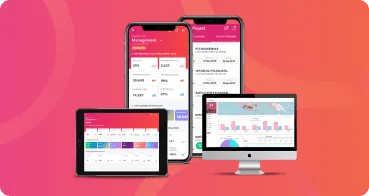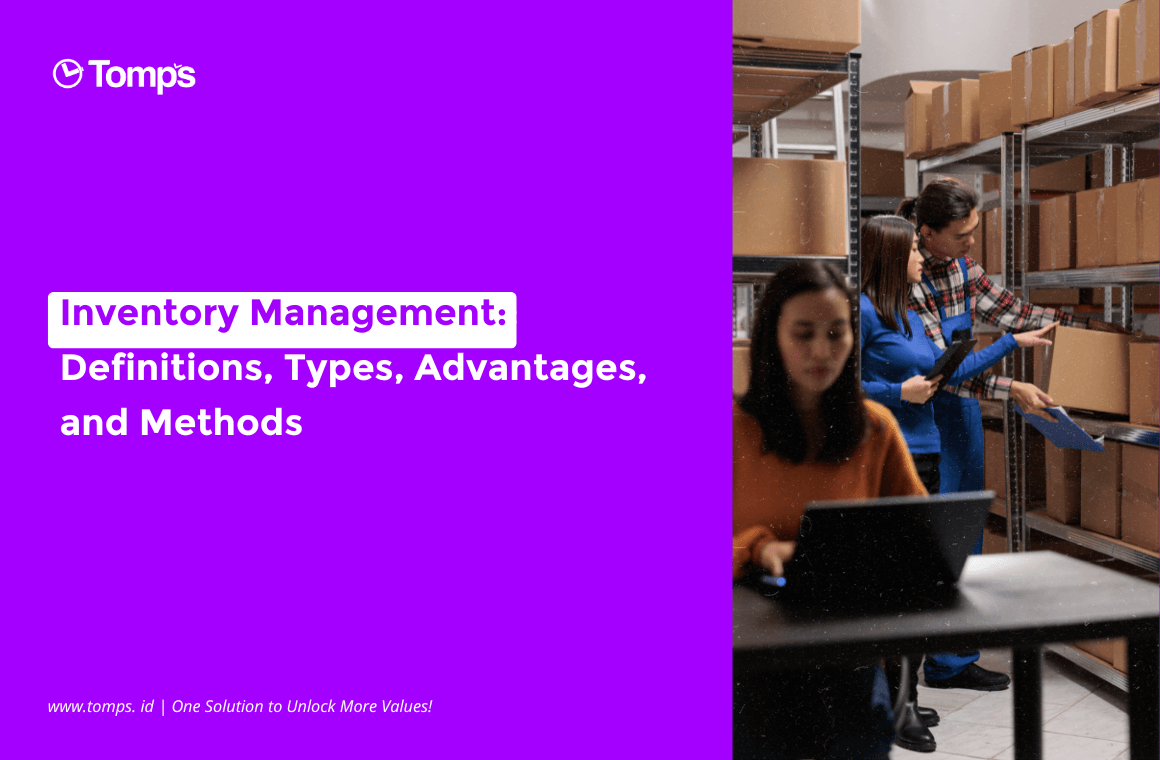Agile is an increasingly popular software development method that is often used in the world of technology. This method is widely used by software application developers because it can help improve efficiency so that it is easier to adjust to customer needs.
The Agile method emerged as a response to the rigidity and limitations of the linear and sequential Waterfall development model, which was dominant before the Agile era. Reporting from the Harvard Business Review, this method originated from software development theories and practices developed in the 1970s and 1980s. The turning point in Agile's history was the publication of the "Manifesto for Agile Software Development" in 2001, which was formulated by 17 industry practitioners in a meeting in Snowbird, Utah. The Manifesto sets out four key values and twelve principles that reflect the philosophy behind the Agile approach.
After the publication of the Agile Manifesto, various Agile methodologies such as Scrum, Lean Software Development, and Kanban began to gain popularity. These methods adopted the principles and values identified in the Agile Manifesto in software development practices. Since the early 2000s, Agile methods have been widely adopted across the software development industry and also in many other sectors. In the last decade, various Agile frameworks and practices such as SAFe and LeSS have been developed to support greater scale and address various project challenges, marking the continuous evolution of Agile methods in the face of the changing needs of organizations and development teams.
What is the Agile Method?
Basically, agile is an approach to project development, especially software, that emphasizes literacy, flexibility, and collaboration between teams. According to Richard L. Draft in his book The Leadership Experience Seventh Edition published in 2018 defines agile as a form of leadership that provides control to ensure organizational flexibility and responsiveness to dynamic industry movements.
Based on these definitions, quoted from the Binar Academy website, the agile method is a methodology used in the software development process and is based on the process of working in space. This method consists of agreed rules and solutions and is also carried out using a collaboration system between teams.
Agile Principles
In developing software using agile methods, there are 12 main principles that need to be considered. This principle is known as the Agile Manifesto, here are the details:
1. Agile puts customer satisfaction at the top of the list during the software development process from start to finish.
2. Agile is always open to any modifications during the software development phase.
3. Software developed with the Agile method undergoes quality testing within a time span of at least 2 weeks to a maximum of 2 months.
4. There is a positive synergy between developers and project owners throughout the duration of the project.
5. Agile requires the involvement of highly motivated individuals to complete the project in an efficient and effective manner.
6. Direct communication is essential in the Agile software development process.
7. The measure of progress of an Agile project is measured based on the production of quality and successful software.
8. Agile methods facilitate continuous software development with support from all stakeholders such as users, sponsors, and developers.
9. Agile methods emphasize technical excellence during the software development phase.
10. Simplicity is highly valued in Agile methodology to maximize the utilization of existing resources.
11. Team management in Agile projects has an important role in determining architectural and software requirements.
12. Every development team in an Agile project conducts introspection to improve work effectiveness and create positive work patterns.
Agile Objectives
1. High Value & Working App System: The main goal of agile methods is to create valuable software with minimal production costs, while keeping product quality as a priority.
2. Iterative, Incremental, Evolutionary: Agile is an iterative and flexible software development approach, suitable for short-term IT projects and can be adjusted over time.
3. Cost Control & Value Driven Development: The development process can be customized based on user needs, with control over the cost and time required for software development.
4. High Quality Production: While costs are kept to a minimum, the quality of the software product is maintained.
5. Flexible & Risk Management: Flexibility in meeting schedules with clients helps maintain software quality and reduce the risk of errors before application launch.
6. Collaboration: Team collaboration in discussing feedback from the client is essential, requiring good coordination and communication between team members.
7. Self Organizing, Self Managing Teams: The ultimate goal of Agile is to give developers the freedom to manage software development, with a manager as a liaison between developers and clients to reduce the possibility of miscommunication.
Types of Agile Methods
Agile methods have various variants or frameworks designed to suit different project needs and contexts. Here are some types of Agile methods and their examples:
Scrum:
Scrum is the most popular and frequently used Agile framework, which emphasizes short-duration iterations (sprints) and structured project management. In Scrum, roles such as Scrum Master and Product Owner become important.
Kanban:
Kanban is a method that emphasizes visual workflow and time management to improve efficiency. Kanban boards are used to track the progress of work.
Lean Software Development:
Lean emphasizes on managing bottlenecks and continuous improvement to create value for customers with maximum efficiency.
Extreme Programming (XP):
XP is a method that emphasizes customer satisfaction and the ability to adapt to change. It involves practices such as paired coding and continuous development.
Feature Driven Development (FDD):
FDD focuses on feature-driven development and builds systems with an iterative and incremental approach.
Dynamic Systems Development Method (DSDM):
DSDM is a method that emphasizes speed of delivery and product quality, with a focus on collaboration between stakeholders.
Less (Large-Scale Scrum):
Less is a framework that adapts Scrum principles and practices for use in large-scale projects with multiple teams.
Crystal:
Crystal is a family of Agile methodologies that emphasizes communication and interaction between individuals, as well as adaptation to project needs.
Agile Unified Process (AUP):
AUP is a lightweight version of the Rational Unified Process (RUP) with a focus on simplicity and flexibility.
Conclusion:
Agile is not just a methodology, but rather a philosophy that teaches us how to adapt to change and continuously improve our ability to work collaboratively. In the dynamic world of business, applying an agile approach can be the difference between getting ahead of change or being left behind. With its strong values and principles, agile encourages organizations to focus on continuous value delivery, rapid response to feedback, and creation of innovative solutions. Over time, agile has not only remained relevant, but has continued to evolve to meet the demands of an ever-changing business environment. Therefore, understanding and implementing agile is no longer an option, but a necessity for organizations that want to remain competitive and innovative in this digital age.
To ensure the implementation of agile methods runs smoothly in your company, consider subscribing to Tomps Project, the flagship project management solution from Tomps by Telkom Indonesia. With Tomps Project, you can monitor project progress in real-time, easily create project progress reports, and get assistance from the planning stage to project reporting. This will certainly facilitate coordination between teams, increase transparency, and speed up the decision-making process. In addition, Tomps Project's intuitive features are specifically designed to support more efficient project execution. Adopting this solution will not only maximize the value of your agile approach, but will also bring positive transformation to your company's operations, making every project more structured, measurable, and successful.
Reference:
Angela. (2023, September 15). Metode Agile: Pengertian, Tujuan, dan Prinsipnya. Binaracademy.com. https://www.binaracademy.com/blog/metode-agile-adalah
Daft, R. L. (2023). The Leadership Experience (7th ed.). Cengage Learning.
The Secret History of Agile Innovation. (2016, April 20). Harvard Business Review. https://hbr.org/2016/04/the-secret-history-of-agile-innovation







